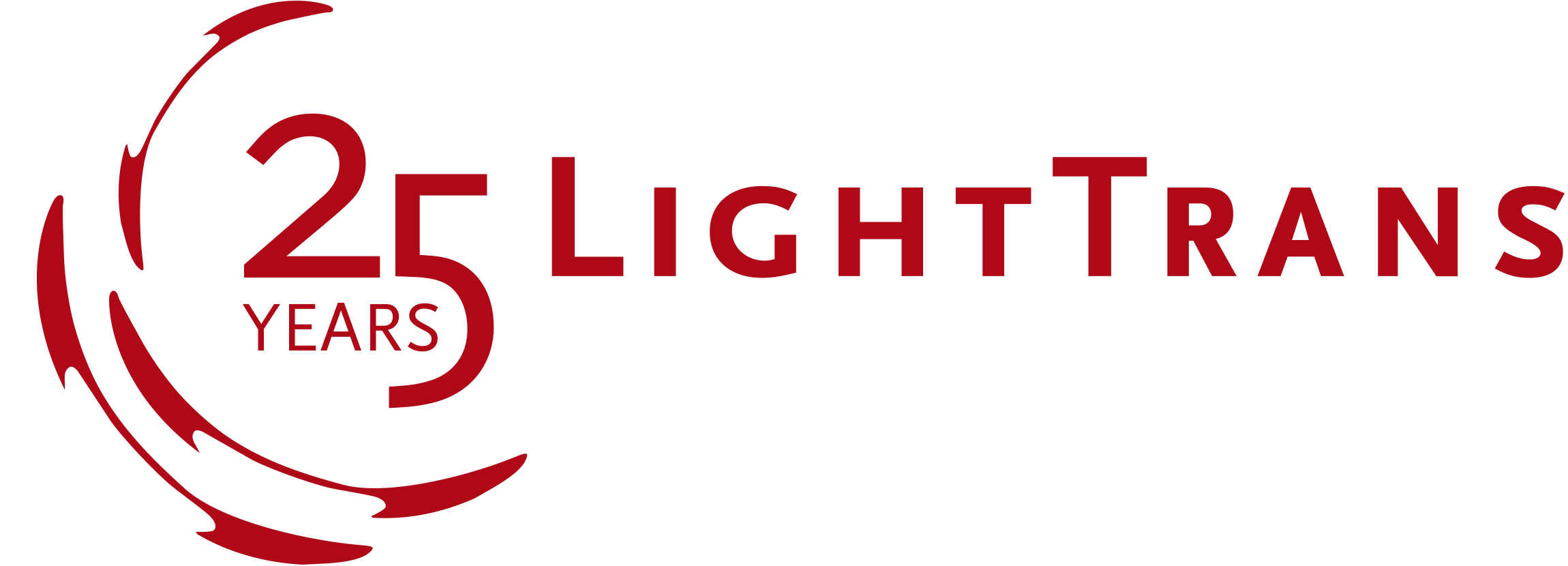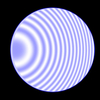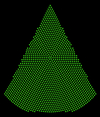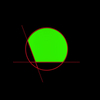Near-Eye Displays
Virtual and augmented reality glasses have brought forth a series of fresh challenges for optical designers. VirtualLab Fusion, with its fast physical optics approach, offers the necessary tools to undertake the modelling and design of such devices;
- ray and physical optics simulations with
- both sequential and non-sequential tracing (characterized by easy switching between the two modes)
- advanced PSF/MTF calculation
- rigorous model to calculate efficiencies of diffraction orders
are just some characteristics that underpin the potential of VirtualLab Fusion when it comes to the modeling and design of near-eye displays.

Selected Use Cases
Find detailed technical information in the following selected samples:
An imaging system consisting of a collimation objective and human eye is modeled, and by changing the illumination conditions, the cases with fully and partially illuminated apertures are investigated.
By using the non-sequential tracing technique in VirtualLab, the ray tracing analysis of a glass plate is performed.
By using the non-sequential field tracing technique, several configurations of etalons, e.g. with non-parallel surfaces and curved surfaces, are analyzed.
With the region concept in VirtualLab, apertures with arbitrary shapes can be defined flexibly. Situations with fully and partially illuminated apertures are shown.
With the region and channel concepts in VirtualLab, the in- and outcoupling gratings can be flexibly configured, and light propagation through such structures can be modeled fast and accurately.
To ensure uniform multiple waveguide output channels, the outcoupling gratings are optimized, with their efficiencies calculated by the rigorous Fourier modal method.
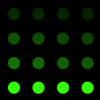
Simulation of Waveguide with a Complex 2D Exit Pupil Expansion
A complex 2D exit pupil expander, which consist of both idealized and real gratings, is constructed and modeled, and the uniformity at the waveguide exit plane is presented.
To evaluate the image quality of a near-to-eye display system, it is important to include the influence from the waveguide structure. In this example, both planar and curved waveguide are investigated.
For a folded waveguide-based imaging system, the multiple apertures effect, including in- and outcoupling gratings and pupil aperture, is shown to affect the PSF and MTF on image plane.
Related Information
We invite you to download a trial version of VirtualLab Fusion. Please contact our experts for advice.
VirtualLab Fusion enables the user to build up an optical system once and analyze it with different tracing techniques. This use case demonstrates how the non-sequential analysis of your setup can be performed.
Find other samples including technical background information in our download area.
